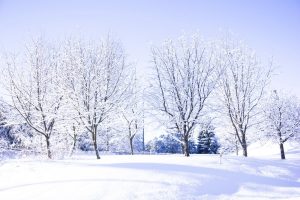 In Ayurvedic medicine, it is well known that your diet has the power to bring you to a state of perfect health (Svastha) or alternatively, discomfort and dis-ease. Eating for total balance may begin by finding out your dosha type and eating accordingly, but did you know that eating for the season may be equally as important?
In Ayurvedic medicine, it is well known that your diet has the power to bring you to a state of perfect health (Svastha) or alternatively, discomfort and dis-ease. Eating for total balance may begin by finding out your dosha type and eating accordingly, but did you know that eating for the season may be equally as important?
Why is seasonal eating important?
The environment around you possesses qualities (termed gunas) just as any physical matter. Given that you have no choice but to be immersed in your external environment, these qualities cannot help but have a strong effect on your own personal internal environment.
One of the main principles of Ayurveda is that “like increases like”. So naturally, if your environment is currently predominant in certain qualities (e.g. hot, cold, dry, damp or whatever), then those qualities will begin to become elevated in you, potentially leading to physical and mental-emotional imbalances.
To paint a more practical picture, let’s say the weather is hot outside. The hot quality outside will begin to increase heat in your body and mind. This may manifest as you becoming too hot in temperature, but will likely have deeper and subtler effects as well. If you have an increase in the hot quality, inflammation may become provoked, hyperacidity may arise, or even heated emotions such as anger and irritation may prevail—like increases like!
What are the qualities of winter?
Like all seasons, the qualities of winter will have to be determined by your own personal environment, since each of our climates will vary depending on our location in the world. For practical reasons, I will assume that we are speaking of a more typical winter consisting of cold weather, snow, etc. However, if you live in a more tropical climate, your environmental qualities will be much different and therefore, the dietary recommendations will be different as well.
Generally speaking, winter carries that qualities of cold, heavy, dull, slow, dark, dry, and/or damp; and will be predominant in the elements Earth and Water. If you live in a place as dry and windy as Colorado (such as myself), you may have a strong Air and Space element associated with this season as well. With all of these given qualities, it is often said that winter is the season of Kapha dosha with some influence of Vata dosha as well.
As we break down the predominant qualities and elements that winter brings, it is not too surprising that the most common ailments of this season carry the same qualities. For instance, cough, cold, and congestion may be one of the most prevalent complaints this time of year. Similarly, depression, weight gain, mental fogginess, and lethargy are often at their worst. If you take a moment to look more closely, these imbalances all carry the same qualities as winter itself—cold, heavy, slow, dull, and damp.
How can I use this information in my day-to-day life?
Just as “like increases like”, you can often find balance with the opposite quality. As you transition into winter and move through the cold and dark months that follow, you can begin to favor the opposite qualities in your diet and lifestyle—hot/warm to balance cold, sharp to balance dull, light to balance heavy, light (as in luminous) to balance dark, oily to balance dry, and so forth. By applying these principles and making the appropriate changes as winter sets in (and ideally, even a little before), you can ward off these common ailments of winter; keep your energy and immunity vital; and keep your mind sharp, clear, and joyful!
What are some foods to favor in winter?
Generally speaking, your digestive fire (Agni) is strong in the winter, as the coldness outside will ignite your fire inside; this often leads to a stronger hunger as well. However, eating the typical comfort foods (e.g. cookies, pastries, pasta, bread, heavy casseroles, etc) many crave during the winter season will lead you to congestion, sluggish digestion, and slow metabolism. Therefore, you should eat according to your hunger, but keep your food choices healthy, wholesome, and fairly light.
Since wintertime is mainly the season of Kapha, many of the food choices should reflect a Kapha-reducing diet. However, Vata, may be at large in your specific climate, and if so, this dosha should be observed as well.
Overall, meals should be warm, well-cooked, and well-spiced to help keep the body warm and digestion strong. Healthy, light, and warming oils (see chart below) should be used to reduce any dryness, but too much oil (or the wrong types of oil) will lead to further congestion and heaviness. Animal products (if applicable) should be light, non-fatty, and easy-to-digest. Homemade broths may be one of the most nourishing and healing foods to consume regularly throughout the winter—my personal favorites are bone broth, chicken broth (with bones), tahini broth, or a spicy veggie broth.
Although fruit should be fairly limited in the winter, the best options will be stewed and spiced apples and pears, as well as citrus fruit (oranges, lemons, limes, grapefruit). Veggies should be well-cooked, oiled, and spiced—and eaten in abundance! The fiber will help keep your bowels regular, the prebiotics will help keep your microbiome healthy. Vegetables are light, yet filling, some are naturally sweet (e.g. carrots, sweet potato, beets), others provide a great outlet to get some essential bitter taste in your diet (e.g. bitter greens, broccoli, radishes, cabbage), and all veggies will provide you with a rainbow of vitamins and minerals.
One of the best (and fool-proof) ways to “eat with the season” is to eat locally. If you are blessed enough to have a co-op, local health food market, farm stands, or winter CSA programs in your area, I highly advise to eat local! This will ensure that you are eating seasonal foods that nature intended while also supporting local, hard-working farmers. Not to mention, the food will be fresher, more flavorful, more nutrient-rich, and filled with life-promoting PRANA!
What are some foods to avoid in winter?
If the light quality is to be favored during the heaviness of winter, then it shouldn’t be too surprising that heavy foods should be avoided or greatly limited. This includes most dairy, sweets (especially unhealthy ones); fatty, hard-to-digest meats; oily, saltwater fish; wheat, gluten, bread, pasta, white rice, and white sugar. All processed foods should be greatly limited, especially ones with additives, preservatives, and dyes (basically the weird ingredients that you cannot pronounce or that sound like a science project). All refined grains should be avoided and replaced with healthy, whole grain options.
Of course, it is not always “what you eat”, but “how you eat” that makes a difference. Due to the coldness of winter, all cold, raw, and rough foods should be avoided including green juices, cold beverages, raw smoothies, raw salads, cold food, and frozen food. Eating warm, well-cooked meals will keep you warm and nourished for the season. Eating too late, eating too frequently, eating improper food combinations, and eating on-the-go should always be avoided, as even eating healthy foods in these contexts can lead to digestive distress.
Winter Seasonal Eating Chart
Here is a chart that shares some common foods that are favorable for the winter season, as well as some foods to limit or avoid. Before getting too caught up on this detailed list, please keep a few things in mind.
- This chart is reflecting a typical winter season that is cold, snowy, and such.
- This is a general list for you to use as a guideline, not a set of rules made in stone.
- This list is non-exhaustive, there are going to be foods from all categories that are not listed.
- Your individual needs may vary depending on your dosha type, digestion type, and current state of imbalance.
- If there is a food that is suggested to be favored, but you personally do not do well with it—do not eat it.
- Go with what works for YOU, throw out what does not!
Click here for a printable PDF copy of this chart.
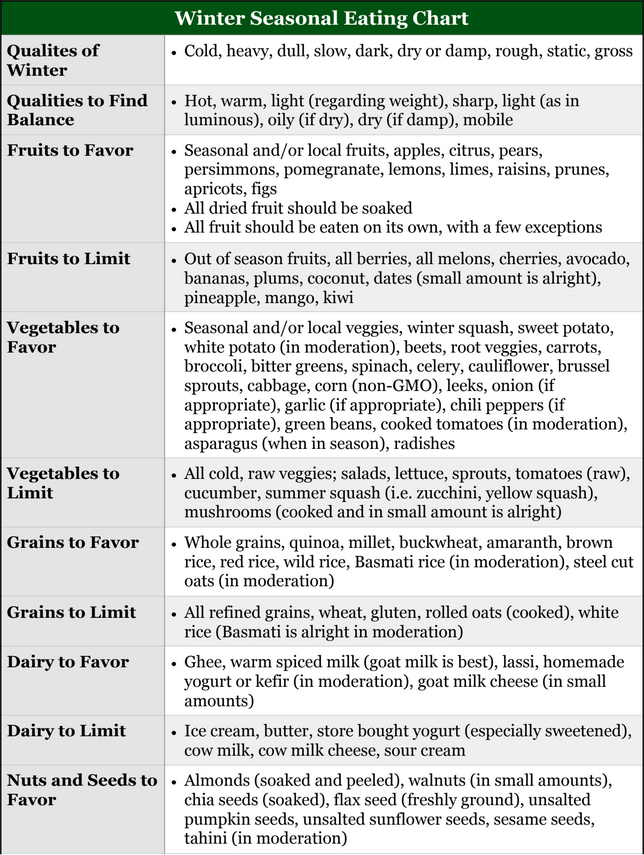
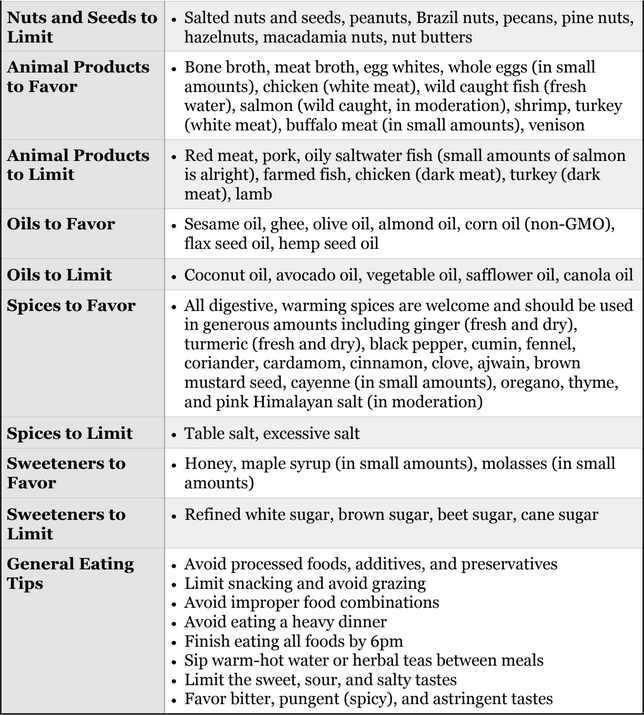
Click here for a printable PDF copy of this chart.
More Healthy Practices for the Winter (your “extra credit”)
Eating for the season is a great start, but there are other ways to keep your body, mind, and immunity strong and in-balance for the winter season. Here are some simple tips to remember this time of year:
- Take warm-hot baths often
- Perform self-oil massages (Abhyanga) with warm Kapha Massage Oil, Vata Massage Oil, or sesame oil at least once each week
- Massage your scalp and feet with warm Bhringaraj Hair Oil, almond oil, or sesame oil nightly
- Perform cardio exercise for at least 30 minutes, three times a week
- Get some type of “intentional movement” in for at least 30 minutes daily (e.g. Yoga, walk, bike, hike, gentle exercise, etc)
- Wear warm, cozy, and comfy clothes—especially hats, scarves, and thick socks
- Avoid being out in the extreme elements when possible
- Winter is a time of rest—take extra time to relax, rest, and nurture yourself for the season!
Healing Recipes for Winter
Winter Broths & Teas
- Immunity Broth Recipe
- Super Veggie Broth Recipe
- Creamy Tahini Bone Broth
- Healing Ayurvedic Bone Broth
- Kapha-Balancing Tonic
- Tulsi, Turmeric, & Ginger Tea
- Tulsi Turmeric Chai
- Hot Toddy Winter Tonic
Winter Breakfasts
- Tridoshic Cream of Quinoa Porridge
- Sweet Potato Millet Porridge
- Golden Energy Buckwheat Breakfast
- Breakfast Kitchari Recipe
Winter Lunches & Dinners
- Rejuvenation Kitchari
- Kapha-Reducing Kitchari
- Tridoshic Mung Dal and Quinoa Kitchari
- Get Well Kitchari
- Christmas Kitchari
- Spicy Dal and Peppered Rice
- Tridoshic Red Lentil Dal
- Black Eyed Peas and Kale Rice Bowl
- Chickpea and Greens Brown Rice Bowl
- Sweet Potato, Kale, and Brown Rice Scramble
Winter Snacks & Sweets
- Cinnamon Spiced Sweet Potato Muffins
- Healthy Wholesome Butternut Squash Bread (Ayurvedic Inspired!)
- Saffron Spiced Quinoa Kheer
- Saffron Spiced Laddu
Keep Reading. . .
“Eat for the Summer Season: A Simple Guide on Ayurvedic Seasonal Eating (Part 2)”
Stay tuned for my Fall and Spring eating guides!
Discover more healing recipes with my 30-Minute Ayurvedic Cookbook!*
Discover over 100 herbal remedies in my Ayurvedic Herbal Medicine for Beginners book!*
*By ordering directly through these links, you are helping to support Svastha Ayurveda – Thank you!!

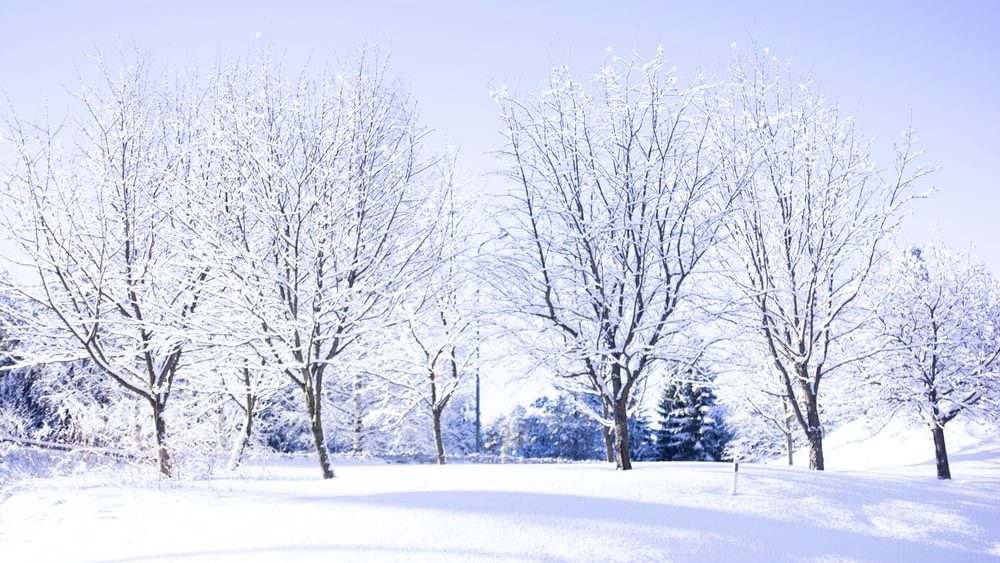
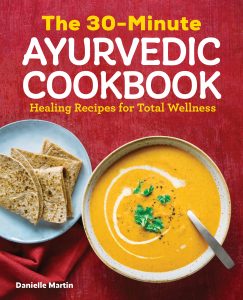
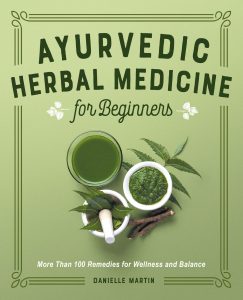

Hello Danielle,
Thank you so much for send me these amazing newsletters. This really helps me keep healthy and warm during winters. I always follow your emails, they are very informative and helpful. I have even tried cooking few of you recipes which are on the website and they are very tasty. The pumpkin recipe is one my favorite. Keep posting such amazing newsletters and making a world a better and healthy place.
Hi Bhagyashree,
Thank you so much for taking the time to write in with these kind words. I am in love with Ayurveda and I enjoy sharing this information with anyone who cares to read… So thank you for reading:)
Sending you much love and light for the new year!
Namaste,
Danielle
Hello Danielle,
I was searching Ayurvedic winter diet and found your lovely website. Thank you for sharing your knowledge and recipes. I look forward to applying these winter guidelines to my daily regimen. I can’t wait to try my homemade bone broth with tahini!
I would like to be added to your mailing list to receive your newsletters.
With gratitude,
Nancy B
Hi Nancy,
Thank you for writing in! I am happy to hear you are enjoying the recommendations and recipes. I hope they work well for you!
I have added you to my mailing list. You should receive an email from Mail Chimp to verify your subscription (you may have to check your spam).
Let me know if any questions come up!
Many blessings,
Danielle